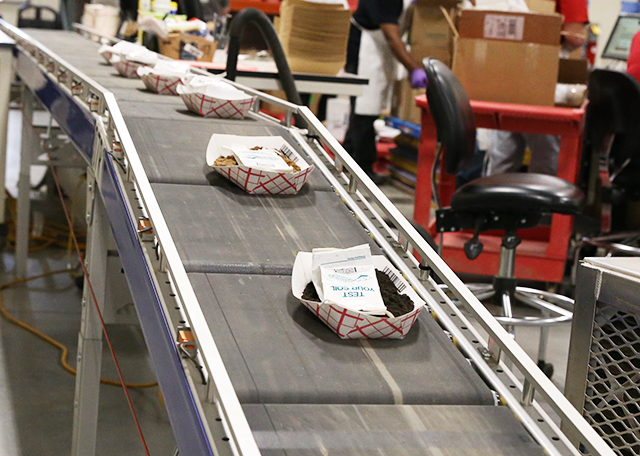Soil Testing
Sep 10, 2018

Sound nutrient management is built upon a strong soil testing program. Soil testing is a multistep process that includes the collection of representative samples from each field or zone; proper analysis of samples to determine soil pH and the levels of available nutrients; and the use of results to determine nutrient status, and optimum rates of applied lime, fertilizer, or manure.
The proper collection of representative soil samples from within a field or zone, is a critical first step in any sound nutrient management program. Trends toward reduced tillage practices, greater recognition of nutrient variability, better analytical capabilities, and variable-rate fertilizer application, have increased the demand for comprehensive precision soil sampling to gain higher resolution of variability within a field, and drive more accurate and sustainable nutrient application. Systematic grid sampling and zone management are common methods of soil sampling used with precision agriculture.
The accuracy of soil testing is greatly influenced by the quality of the sample taken. Each sample should be a composite of an adequate number of sub-samples, and should be collected at a precise and consistent depth to minimize variability, and accurately characterize nutrient levels based on correlation research for a given geography. Samples should be handled with care to avoid contamination, properly labeled, and sent to a certified laboratory for analysis.
Certified laboratories such as SureTech, use standard approved methods, employ quality control and assurance procedures, and participate in proficiency testing programs, to insure high quality analysis that is both precise (repeatable) and accurate (on target).
Good soil sampling and analysis will provide key data and insights, that are important guides to the profitable and environmentally sustainable application of crop nutrients.
The proper collection of representative soil samples from within a field or zone, is a critical first step in any sound nutrient management program. Trends toward reduced tillage practices, greater recognition of nutrient variability, better analytical capabilities, and variable-rate fertilizer application, have increased the demand for comprehensive precision soil sampling to gain higher resolution of variability within a field, and drive more accurate and sustainable nutrient application. Systematic grid sampling and zone management are common methods of soil sampling used with precision agriculture.
The accuracy of soil testing is greatly influenced by the quality of the sample taken. Each sample should be a composite of an adequate number of sub-samples, and should be collected at a precise and consistent depth to minimize variability, and accurately characterize nutrient levels based on correlation research for a given geography. Samples should be handled with care to avoid contamination, properly labeled, and sent to a certified laboratory for analysis.
Certified laboratories such as SureTech, use standard approved methods, employ quality control and assurance procedures, and participate in proficiency testing programs, to insure high quality analysis that is both precise (repeatable) and accurate (on target).
Good soil sampling and analysis will provide key data and insights, that are important guides to the profitable and environmentally sustainable application of crop nutrients.